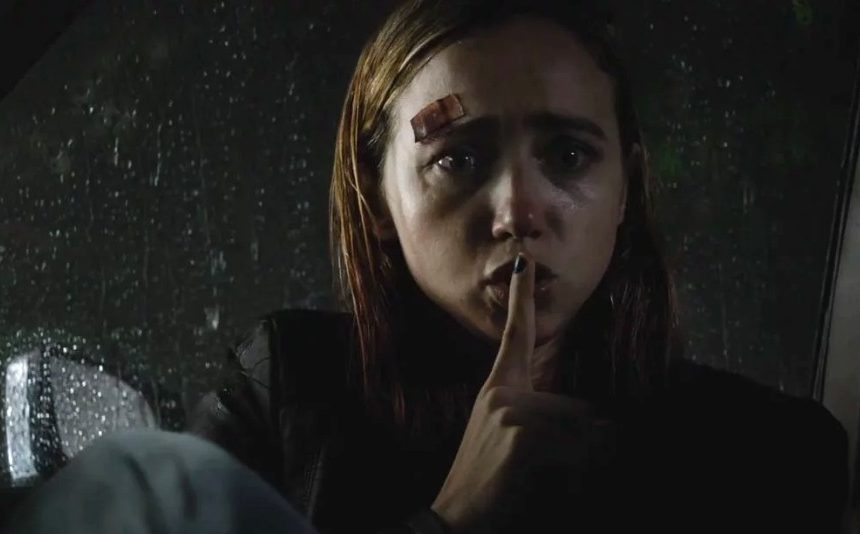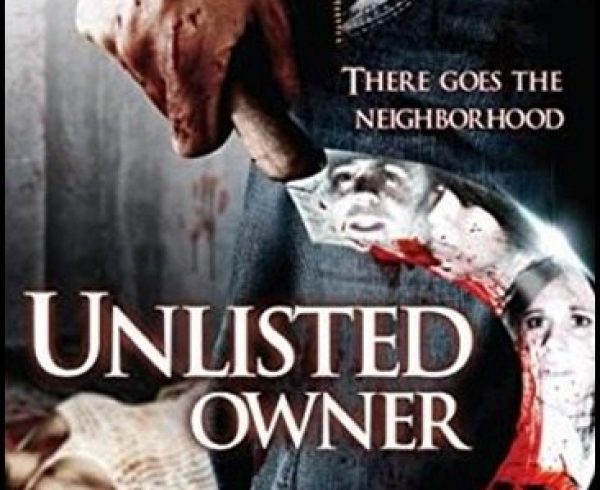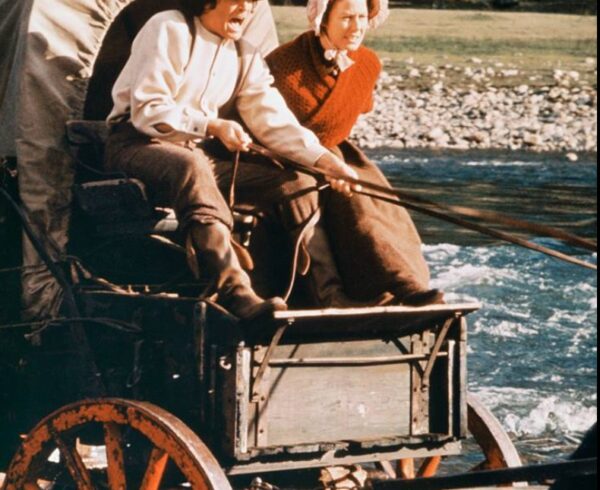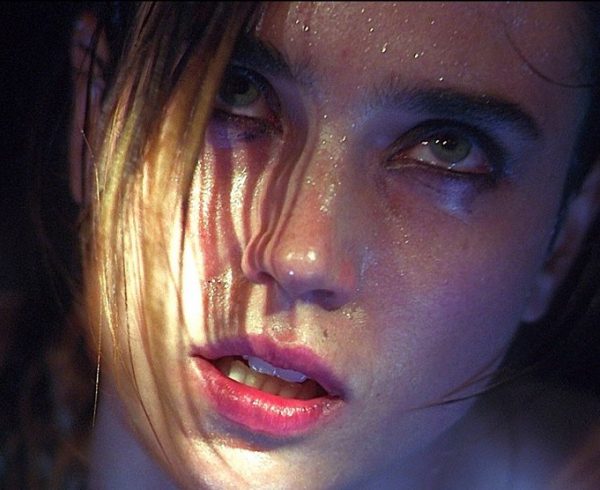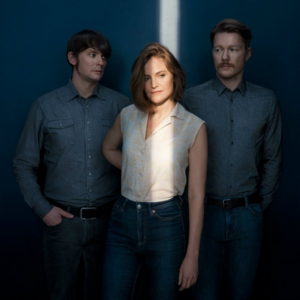After critics and audiences alike heaped love all over allegorical horrors such as The Babadook and It Follows, it was only natural that 2016 should see its own fair share of metaphorical monster movies. For part two of our review of some of the past year’s overlooked horror films, let’s take a look at some of the sinister symbolism set loose in cinemas during 2016.
The Monster
Resigned to the fact that her teenage daughter Lizzy can no longer stand to live with her, alcoholic mother Kathy agrees to drive the girl to her father’s house in the middle of the night during a torrential downpour. What could possibly go wrong? Caught up in an argument, neither Lizzy nor Kathy notice a frightened wolf bolt into the road until it is too late. Their car now disabled, the pair soon realize that whatever unnatural thing was pursuing the wolf is now stalking them. With the creature destroying any help that comes near, Lizzy and Kathy must find some way to overcome the beast, or it will surely consume them as well.
With decent performances and some nice practical effects, The Monster is a nice return to form for Bryan Bertino, director of 2008’s surprise hit, The Strangers. If you’re looking for a subtle allegory, though, The Monster is not the movie for you. A person would have to work really, really hard to miss the point that the film’s titular creature is a physical representation of the mother’s alcoholism. Subtle or not, though, it works. In fact, with Columbia University reporting that 40 million Americans age 12 and over meet the clinical criteria for addiction, the only real surprise is that every monster in every movie isn’t a stand-in for some problem or other.
Under the Shadow
Like just about everybody else at the time, Shideh is fairly miserable with her life in 1980s Tehran. She has been rebuffed in her attempts to start a medical career, her husband has been called away to aid the military, and most of her neighbors have fled due to the constant aerial bombardments from neighboring Iraq. With all that going on, it’s no wonder Shideh doesn’t immediately notice something odd is happening with her daughter. Once she spots the warning signs, however, things quickly take a turn for the creepy as it becomes evident a djinn might be trying to claim their souls.
Each year, every country in the world is invited to submit what it considers its best feature to the Academy Awards to compete for ‘Best Foreign Language Film.’ For 2017, the United Kingdom is submitting Under the Shadow. With its rapidly expanding Muslim population, it’s highly likely that what appeals to the Brits about Under the Shadow isn’t so much its standard, by-the-book jump scares, but rather the allegorical undertones of its supernatural menace. At first, the fact that the djinn looks disconcertingly like a dollar store tablecloth is a bit off-putting, but once you catch on to the fact that the demon is more or less burqa shaped, you start to realize what the true menace is that’s looming over Shideh and her little girl.
The Neon Demon
Covering much of the same territory as 2014’s Starry Eyes, The Neon Demon follows Georgia belle Jesse as she travels to La La Land hoping to make a splash in the cutthroat world of Los Angeles fashion modeling. As Jesse transitions from awkward newcomer to the latest “It Girl,” her life (and the movie) spirals more and more into the surreal. Soon, the line between hallucination and reality is completely obscured, and the only thing for sure is that Jesse is becoming someone entirely alien to the person she used to be. And lots of people want a piece of the new her. Literally.
Easily the most stylishly stunning horror movie of the year, The Neon Demon is also the one film most likely to fall into the love-it-or-hate-it category. Like the business it is set in, the story and characters are gratingly shallow, but the oft-kilter David Lynchian atmosphere will offer more than enough compensation for many a horror fan. And when the film reaches its inevitable climax, its on the nose symbolism of an ‘eat or be eaten’ career is oddly satisfying.
Malevolent Metaphors
As 2016 amply demonstrates, movies are a hotbed of metaphorical storytelling, especially in a genre like horror. This would no doubt have irritated the likes of philosopher Thomas Hobbes, who considered the use of metaphors to be one of the primary abuses of language and a corrupter of rational thought. St. Thomas Aquinas, on the other hand, was a bit more charitable. He found it perfectly logical to communicate certain abstract ideas by associating them with physical things because humans fundamentally interpret the world through their senses. Given that film is such a sensual medium, it’s no wonder then that moviemakers tend to lean more towards Aquinas’s view of things. Well, at least as far as metaphors are concerned anyway.
Next time, we’ll take a look at some of 2016’s sinister subtitled horrors. Part 1 of our review of some of 2016’s overlooked horror films covering some of the year’s housebound horrors can be found here.

